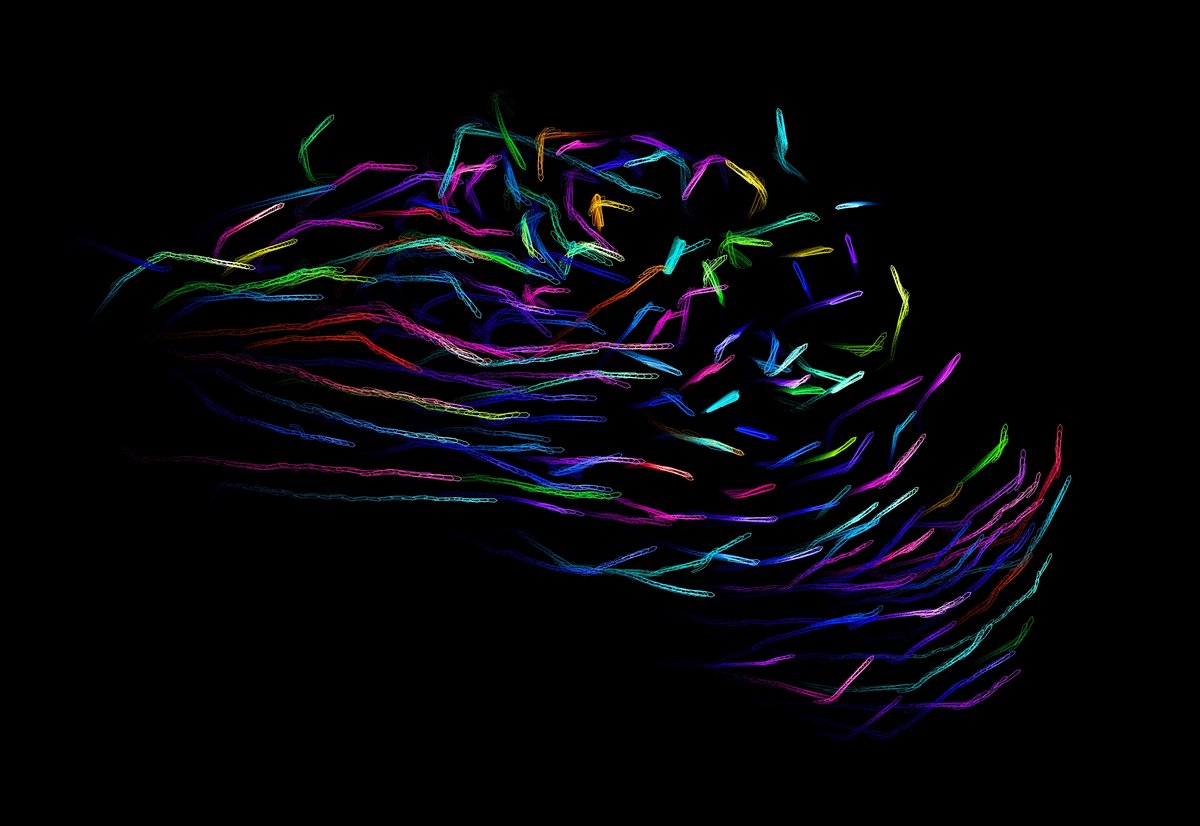
Copyright: Colin Twomey
Formal modelling of collective systems
Organisms are not self-propelled particles interacting with social forces, as has been traditionally assumed in the study of collective behaviour. Instead, collectives are composed of heterogeneous, and cognitive, agents with different, possibly conflicting preferences, each mapping a high-dimensional sensory input to a relatively low-dimensional behavioural output. At the same time, collectives show remarkable robustness in behaviour with respect to some perturbations (such as environmental noise) and yet high specificity to others (such as cryptic predators). Current approaches to modelling collectives employ simplistic agent descriptions, in part due to limited quantitative measurements, especially in natural habitats and over the time-scales needed to capture lifetime behaviours exhibited by animals, and also because simpler models allow for tractable analysis of collective dynamics.
Biological and phenomenological research questions about collectives require the combination of model-based (explanatory) and data-driven (predictive) modelling. In CASCB, computer scientists specializing in complex systems are developing theory, methods, and tools for questioning important aspects of collectives. These include uncovering mechanisms of social feedback, automatically discovering social roles over multi-layered networks, or empirically modelling stress propagation.
